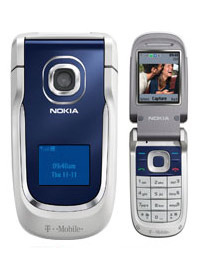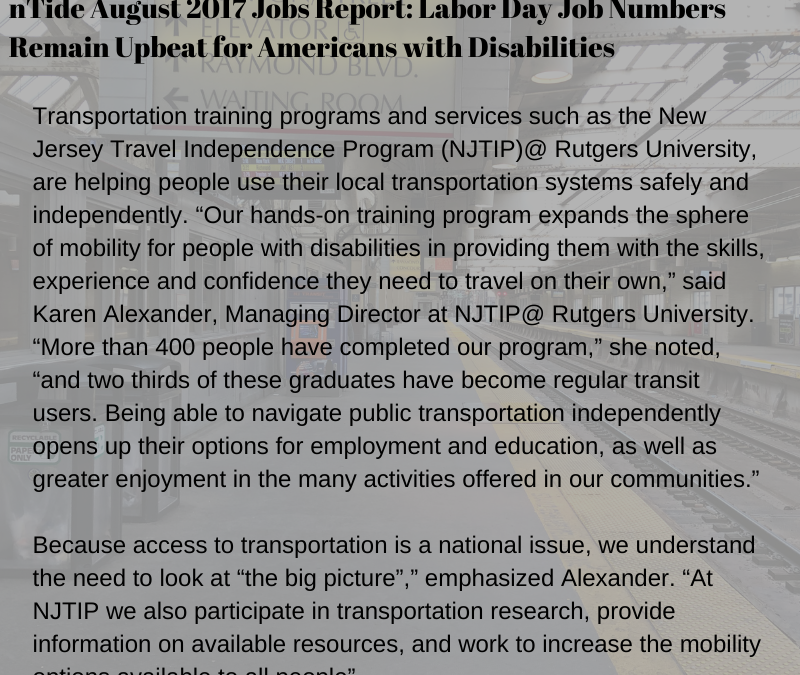Five-Year Transportation Plan for the New Jersey Division of Disability Services: Phase I Findings 45 Pages. A report prepared for the New Jersey...


Five-Year Transportation Plan for the New Jersey Division of Disability Services: Phase I Findings 45 Pages. A report prepared for the New Jersey...
Traffic Calming Evaluation and Monitoring: Plainsboro Township, NJ Michael King, Jon Carnegie, Reid Ewing, Joshua Schneider, 28 pages. A report...
Reconnecting America: A Vision for Transportation in the Post-9/11 Era Scott Bernstein, President, Center for Neighborhood and Technology February...
Flexible Design Of New Jersey's Main Streets Reid Ewing, Michael King. 2002. Final Report

A Recent History of NJ Transit's Operations and Capital Budgeting: Too Many Objectives, Too Few Resources, No Accountability Martin E. Robins, Neil...

Essex County Community Transportation Planning: A Situational Analysis This study examined the history of community transportation planning process...
The Greater New Brunswick Area Corridor Study Urbitran Associates, Inc., 78 Pages. A report prepared for the Alan M. Voorhees Transportation Center...

The Value of Freight to the State of New Jersey 42 Pages. A report prepared with A. Strauss-Wieder, Inc. For the New Jersey Department of...
Regional Intergovernmental Transportation Coordinating Study Commission 13 Pages. Presented to the New Jersey Legislature. October 2000. Final Report

The Trend of Transit Labor Costs: 1982-97 Neil A. Denno, Martin E. Robins, 20 pages. A report prepared for the American Public Transit Institute,...
The purpose of this research—conducted in partnership with Michael Baker, Jr., Inc.—was to identify high pedestrian crash locations at or near bus stops in New Jersey; analyze motorist and pedestrian behavior proximate to identified bus stops; comprehend pedestrian...
The growth in cell phone–only households represents a challenge for the collection of survey data. Cell phone–only households have distinct sociodemographic characteristics, which may result in different travel behavior. To explore those differences, as well as to...
Abstract Since 1999, 23 New Jersey transit villages have been designated in New Jersey municipalities, with the intention of intensifying development around rail stations and bus hubs. As one test of the effectiveness of this state effort, the appreciation in...
Abstract Shuttle services connecting passengers' origins and destinations to transit stations and terminals can play a crucial role in enhancing system ridership. Partially because of federal funding through the Congestion Mitigation and Air Quality Improvement...